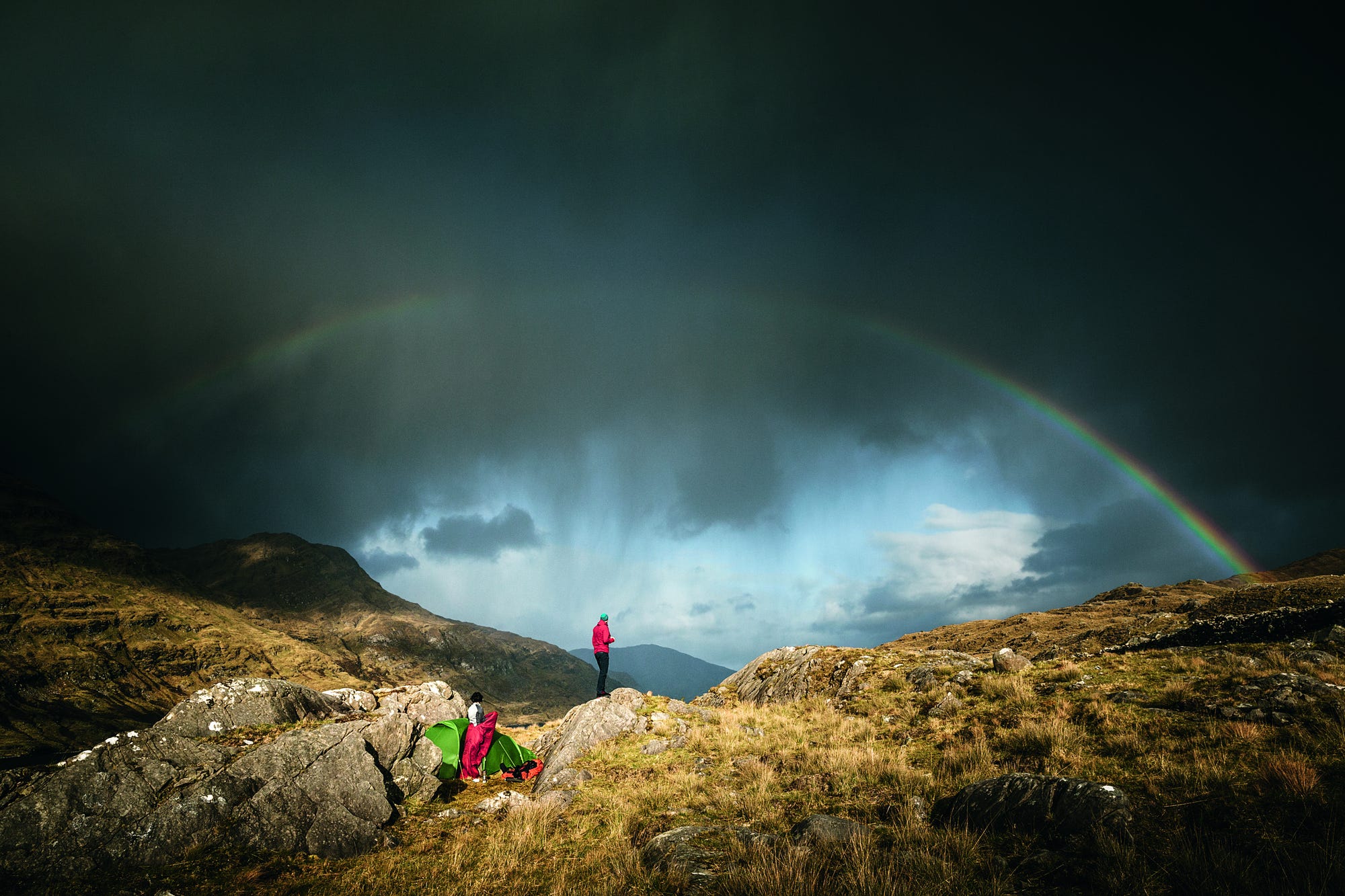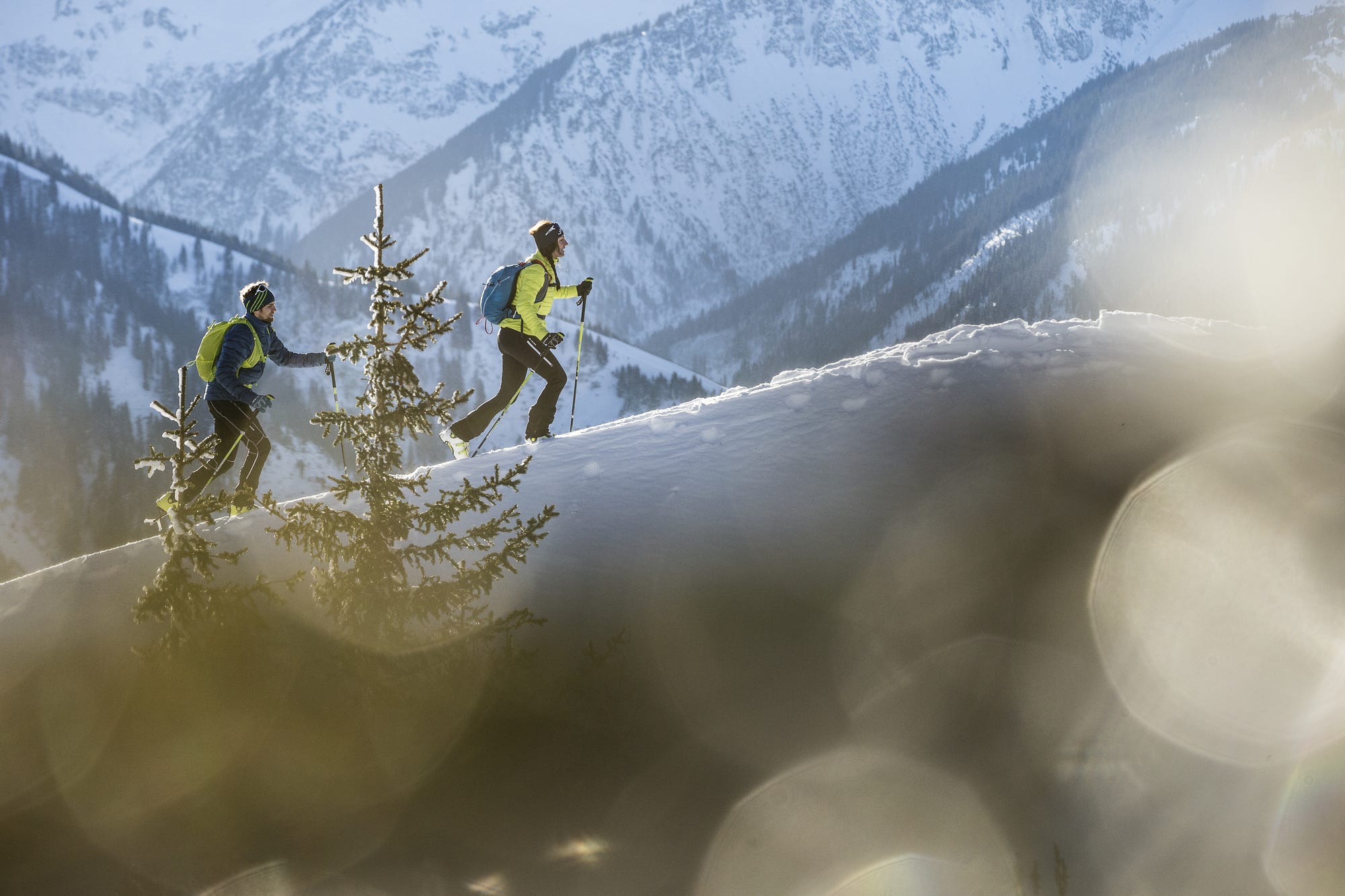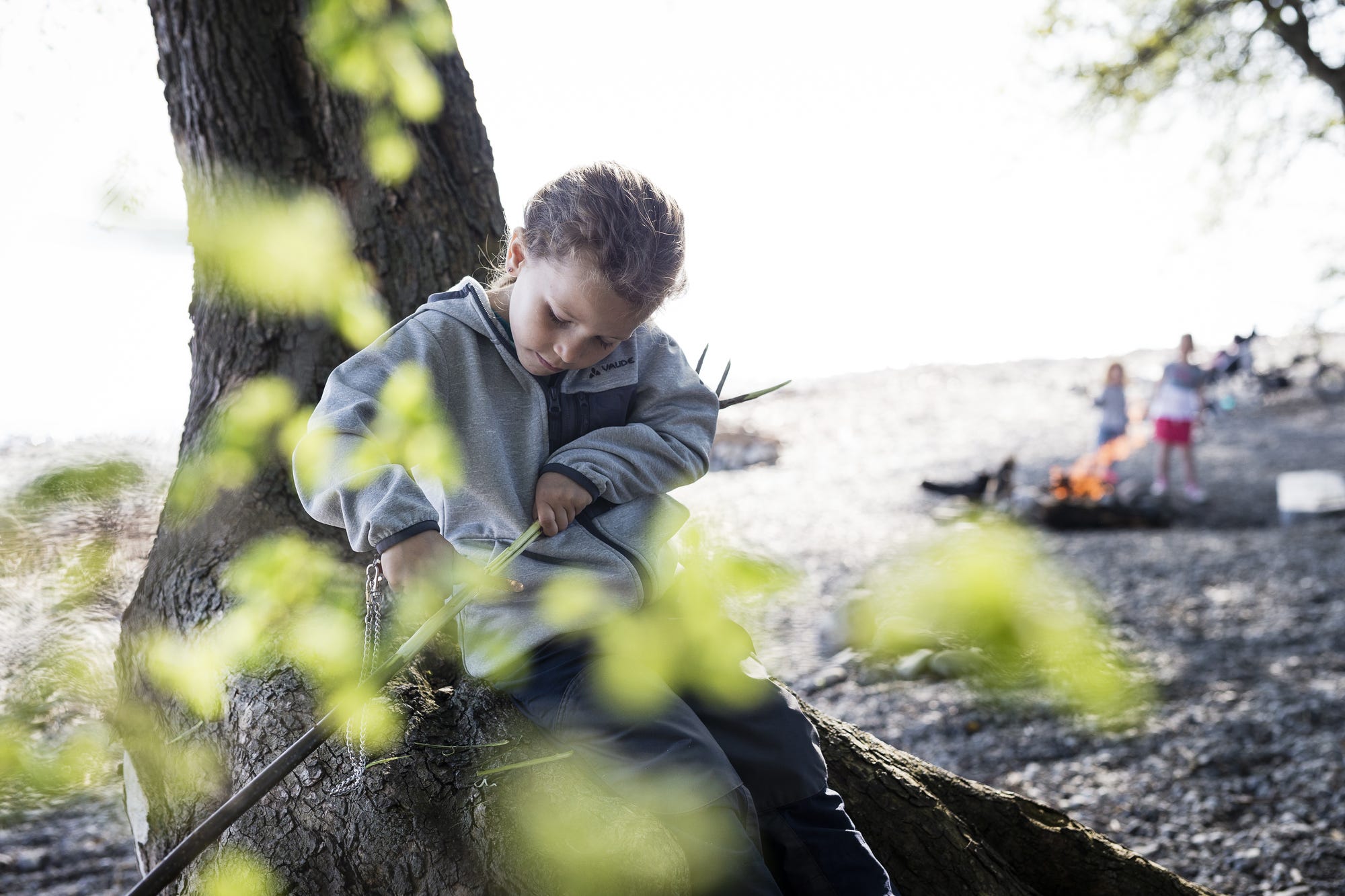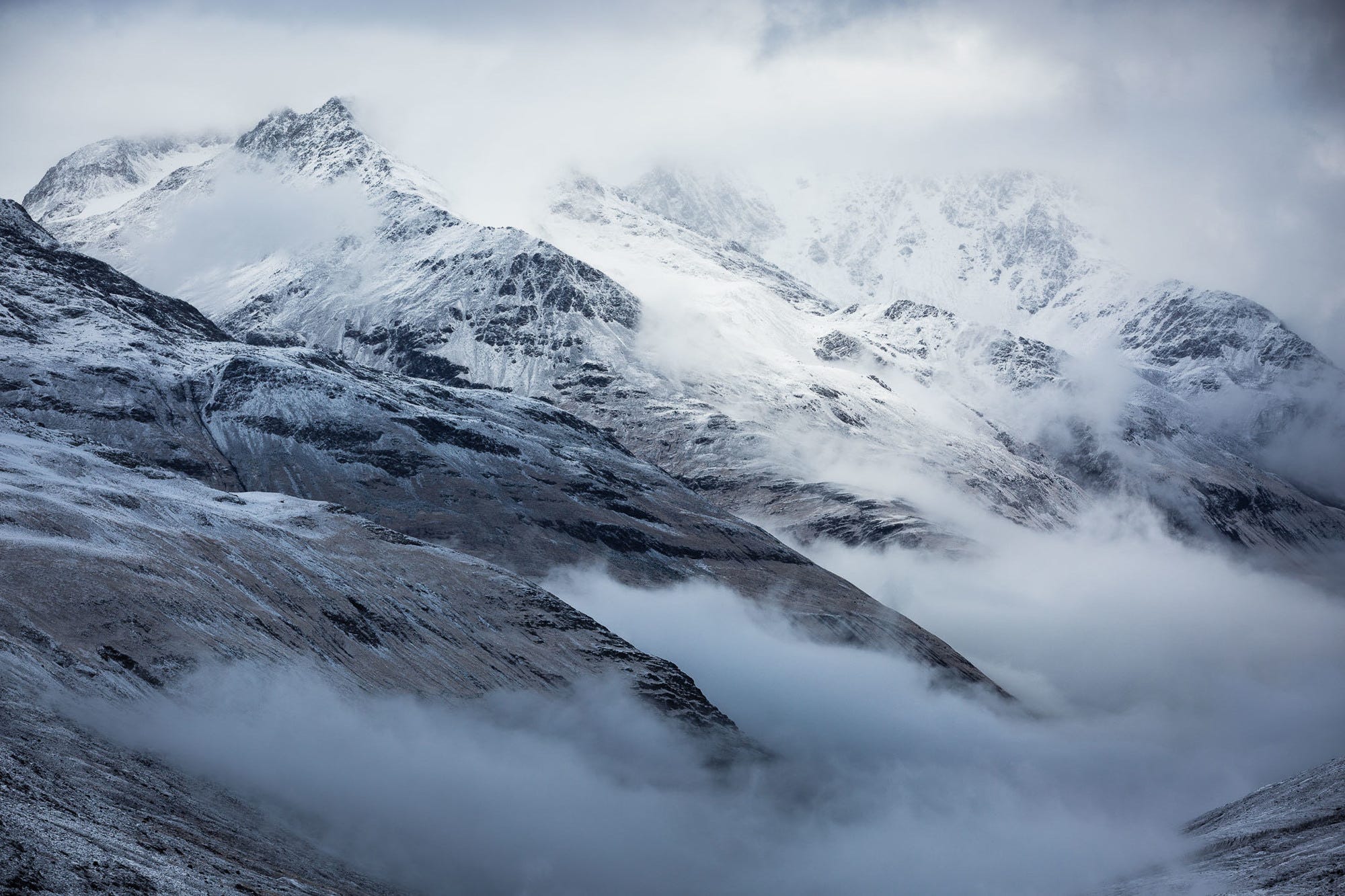How to take the perfect outdoor photo
With foresight and consideration: 10 tips for the perfect outdoor photo for Instagram and Co.
Adventures are best when you share them with others. And the best way to do that is with a picture. As the saying goes, a single picture is worth a thousand words. What used to be the slide show for pictures of vacation, hiking, climbing, or cycling adventures, is now Instagram, Flickr, Vero, and the like. Never before have so many photographs been taken and shared with so many people as today. Digitization has made photography accessible and affordable, and at the latest with the triumph of the smartphone, the camera is always with you. You want to know how you can take a great photo regardless of your camera and what you should consider photographically and for the sake of nature? Then this article is for you.


1. Take your time and get it right (in camera)
On Instagram alone, more than 100 million images are uploaded every day. A snapshot is taken and saved in a split second. But a good picture stands out from the crowd. It tells your story. Take the time to write it, like a letter. If you know what you want to express before you take the shot, you're less dependent on chance. Do you want to emphasize dynamics or stillness? What is the core of your subject and how do you lead the eye there? The more you get right when you shoot, the better. If you have to crop afterwards, this is often at the expense of quality. Taking your time also means getting to know the settings on your smartphone or camera. The better you know them, the greater your creative freedom. If your preferred camera offers manual controls, familiarize yourself with the creative possibilities by consciously choosing shutter speed and aperture!


2. Respect nature and people and know your limits
The most beautiful motifs are not always accessible. The only liverwort in spring whose petals are not yet eaten away? The bird colony in the middle of a nature reserve? The small pond on a farmer's land? They are good as they are - even without a photo! No picture, no matter how beautiful, is worth trampling plants, disturbing animals or starting arguments with the landowner. Leave each place as you would like to find it yourself and respect local rules! Back off yourself when things get dangerous: The last step to the abyss or the photo spot in the middle of the surf, they don't have to be. Tip: With a telephoto lens, you can get far away things very close. Therefore, it can also help you to keep a respectful distance from the subject.


3. Light and weather are pure magic
Nothing changes the character of an image like light. No software, no matter how clever, can replace that. The early morning and late evening hours in particular, with their low sun, provide especially "soft light" that creates a lot of image depth and harmonious light-shadow transitions. Other light and weather moods can also elevate a normal image to the next level: Fog acts as a soft focus, falling rain or snow in the image convey the power of the elements, while fast-moving clouds or the effect of flowing water add excitement to otherwise boring picture elements. Tip: If the midday light is too harsh and there is no cloud in sight to dampen it, try a black and white variation. This often goes very well with the strong brightness contrasts.


4. Caring is: not sharing!
Sharing pictures and stories is great. Sharing locations: not so! Not only Berchtesgaden Gumpen and Provençal lavender fields suffer from overuse. Some spots that are shared by famous influencers or go viral never recover from the stampede of those seeking five minutes of fame. This is true not only, but especially in ecologically sensitive areas such as nature reserves or national parks. Therefore, it is best not to share exact locations!


5. Foreground makes picture healthy ... background makes everything round
"Foreground makes picture healthy", is one of the classic rules for image composition. Translated, this means: an element in the foreground that guides the eye to the main subject is good for the picture. There, in the middle ground, this main motif is then placed. That's why the saying continues, "Middle ground makes intent known." At least as important, however, is the background. When you see a subject, always include the background in your considerations. Bright backgrounds or patches of light and warm colors in the background distract your eye and attention from the main subject. This also applies to unstable backgrounds. Tip: The closer the camera is to the main subject you are focusing on and the greater the distance between the subject and the background, the more the background will disappear into the blur. A wide open aperture also helps. If neither is possible, move yourself so that you get a different background in the picture!


6. #nofilter
In the popular hashtag #nofilter is the longing for authenticity in times of artificial skies and almost limitless digital image manipulation. In post-processing, opening up all the sliders to the full promises spectacular, but usually not good pictures. And over time, the effects wear off. HDR excesses with lightened shadows and darkened skies are just as fashionable as the currently very popular combination of cold colors and reduced contrasts. But especially in outdoor photography, fashions go, images stay.
Tip: Let a processed image rest for a few minutes and look at something else before you finally save it! A freshly refreshed look quickly exposes exaggerations that you wouldn't have noticed before.


7. Go to eye level and move
Eye level is so important in communication that it has already become proverbial. The same is true in photography. If the viewer can look a subject directly in the eye, a completely different, much more intimate connection is created than if the poor fox or the tiny snowflake is photographed from a height of 1.80 meters. So get your belly down in the dirt if you want to take really good pictures. If you're lazy as a photographer, you'll take worse pictures. This is not only true for eye level. Once you've found a subject, feel free to move around! Try different angles and distances instead of just pulling the trigger! Tip: Robust, waterproof clothing helps you to really take this advice to heart.


8. Get inspired!
One of the best things about photo-sharing platforms like Instagram, Vero or Flickr is that they inspire you. Here you can see thousands of fascinating images of great photographers every day and learn from them. Take this chance and go on a journey of discovery! Also, take time to think about why you like a picture! The average Instagram image is viewed for less than a second. That's a shame, because weeks of work and preparation may have gone into each individual image. By the way, pictures look even more beautiful than on display in books, exhibitions, frames or on canvases.


9. Speak through your composition
There are some fundamental composition rules and a thousand creative ways to break them. Most of these rules were already used by the old masters* in painting. A very well-known rule is not to place your main subject in the center of the picture, but to align your subjects according to the so-called "Golden Section" or "Rule of Thirds". In short: Position your main subject at the intersection of two thirds lines, then the image is perceived as harmonious and yet full of tension. With many cameras, auxiliary lines can be faded in for this purpose. A second rule: If people or animals are moving, give them more space where they are moving! After all, you don't want them to run into a screen. A third: The horizon must always be straight. The better you know these rules, the more effectively you can break them if necessary: Place subjects at the very edge of the picture, leave large empty spaces, tilt the horizon ..


10. Speak out!
"You only protect what you know and love" is an old rule from nature conservation. More and more photographers use their pictures not only to show the greatness of their outdoor adventure in the beauty of nature, but also how endangered it is. The "International League of Conservation Photographers" or "Photographers Against Wildlife Crime" are just two prominent examples. The major competitions now have their own categories that take this approach into account. Increasingly, prizes are awarded for images that are not only artistically but also politically valuable. You too can use your reach to impart knowledge, spark enthusiasm and bring people closer to nature. Outdoor sports in particular have almost limitless possibilities here.


Epilogue: In memory of Ralf Gantzhorn
Like no other, Hamburg-based mountain photographer Ralf Gantzhorn has also shaped this blog, VAUDE Experience, with his photography. Ralf loved the mountains and the sea and was part of the VAUDE family for many years. in 2020, Ralf died in a mountain accident. To this day, we always use his outstanding images to convey our love for nature and remember a great person.


Feed your longing with the most beautiful pictures from the mountains
Interest aroused? Then here are a few more reading tips for you (mostly in german):
- Ralf Gantzhorn and Moritz Attenberger, Sky Ladders - 50 rock and ice ridges in the Alps
- Eugen E. Hüsler, Iris Kürschner and Dieter Haas, The Book of Mystical Places in the Alps
- Ulligunde, Stories from the mountain (blog)
- Uli Wiesmeier, Stefan König, BERG ... The Alps in 16 terms
- Robert Bösch, Mountains
- Jimmy Chin, Pictures from a world of extremes
- Chris Burkhard, Wayward
- Jochen Mesle, Max Kroneck, Ice & Palms - With bike and ski over the Alps



